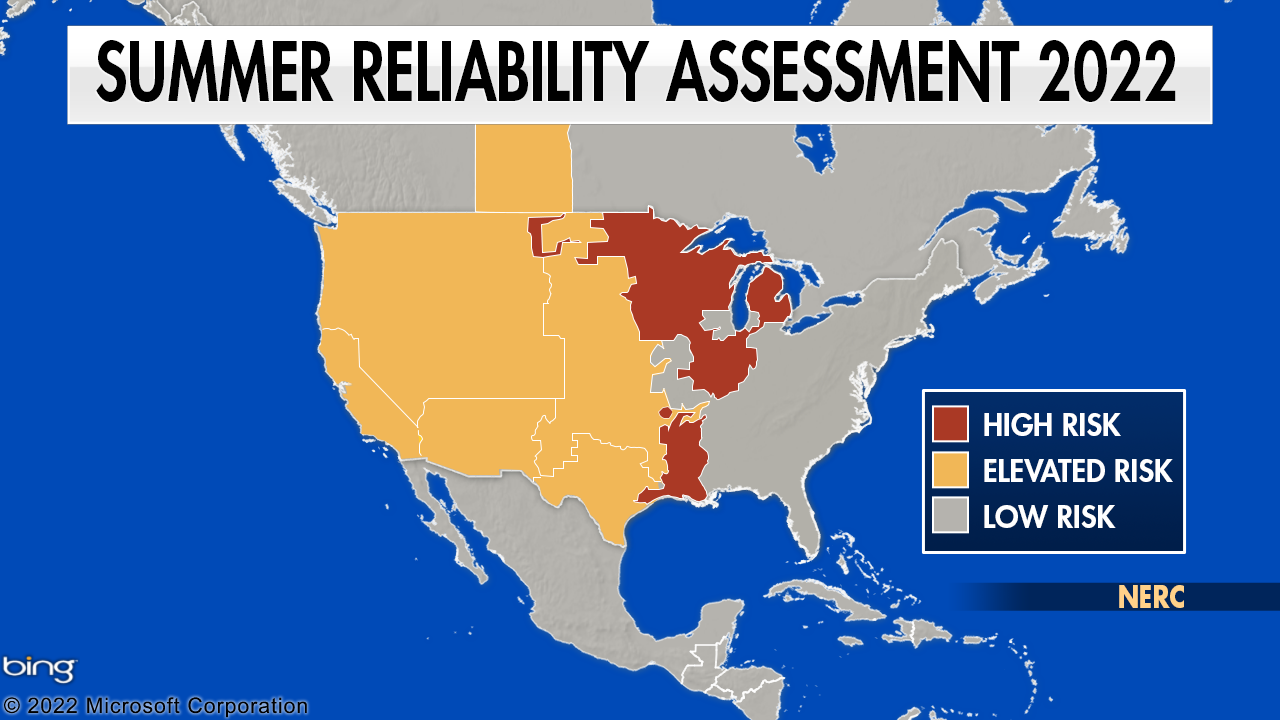We don't buy amps, we buy power calculated as volt-amps.
But that has been presented to the world as what it is. I think it was what they believed at firs so taught that, and to me too. I know there's more to it now than just plain amps, because I've had a profesional interest in electricity for most of my adult life.
Now I'm no master of electricity, but it seems like it's actually Watts that they charge for. They list it at KW hours. 1000 watts is 1 KW. So a 1000 watt light which burns for one hour has used 1 KW hour of electric.
The volt-amps is accurate too, so I think it can be figured either way, but it makes into print on your bill as KWH.
They always made us attend classes for contiuing education, so many hours each year to get relicensed. When they had an electric class and taught us Ohms law, I raised my hand and asked, yeah but where will we use this in the field?
And his answer was, I dunno but you'll know it when you see it. (Lol)
Which is actually true, he just didn't know where it would crop up because he was teaching then and his field days were over. But I found Ohms law to be extreemly useful in the field diagnosing electrical circuits
Like for example: How many amps should this motor be pullng? The plate says 5.0 Amps. But my amp clamp was dead, lol. But I coud still measure voltage and resistance.
Voltage was 117 and the resistance was 11 Ohms. See any red flags yet? Lol.
So it was pulling 10 amps, twice as much as it should. No wonder I burned my hand, lol. The winding were burnt.

www.foxnews.com






